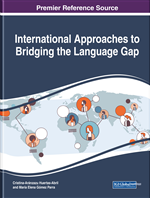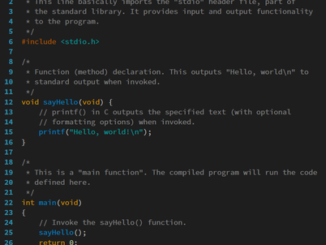
There are more than 39 million Hispanics live in the United States making it the fifth largest Spanish-speaking nation in the world. It is estimated that within five years, only Mexico will have more Spanish-speakers than the US Schools are offering bilingual courses and fully integrated bilingual curriculum. In some areas of the country, Spanish even exceeds English as the first language of the residents. Families are integrating languages into their neighborhoods regularly.
We propose bridging the language gap with bilingual picture books that both educate and entertain. The presence of both English and Spanish in the same book allows cross-cultural access and language development. Reading is a wonderful family experience which allows children to explore character development, expanding imagination and develop problem solving skills. The addition of another language educates and the illustrations in a picture book support the learning in an entertaining way.
Raven Tree Press offer bilingual books in a variety of styles and choices.
Full text translation – Full text translation means the text of the story is presented in English and then again in Spanish. Both texts are generally placed on the page with an icon separating the two for ease of reading. A different ink color is also generally used to further offset the two languages.
Embedded text – Take a story in English and sprinkle in a little Spanish. We call it embedded text. The word that will be embedded is usually first introduced in English and then reiterated in the sentence, or at least in the same paragraph in Spanish later. Once the word is introduced, it can be used again and again in context of the story. The context of the story and the illustrations are of utmost importance when using embedded text as they aid in making the leap from one language to another.
Wordless – Can a wordless book be effective in learning language? Definitely! Wordless picture books and picture books with limited words are both beautiful and educational. They help children develop language, creative thinking and enhance future reading and writing skills. Using wordless picture books, children learn that reading follows a left-to-right pattern. They learn that stories generally have a beginning, a middle section and an ending. They also learn to identify details, see cause and effect, make judgements and draw conclusions. We present an instruction page in both English and Spanish for creative uses of our books.
Concept Bilingual – In concept bilingual books, we take one concept of language and focus strictly on that. Counting, for example. The story is presented in English, but the concept (numbers in this case) are presented in both English and Spanish. Keywords are easily learned using this format.
Raven Tree Press includes an English / Spanish vocabulary page to help readers with keywords in either language.
Raven Tree Press children's bilingual picture books are available at favorite bookstores, online booksellers and at the publisher's web site http://www.raventreepress.com .
Publisher Note: Book excerpts and artwork can be imbedded in this article easily to clarify points if interested. Please contact me for further details.
Proudly WWW.PONIREVO.COM
Source by Dawn Jeffers



